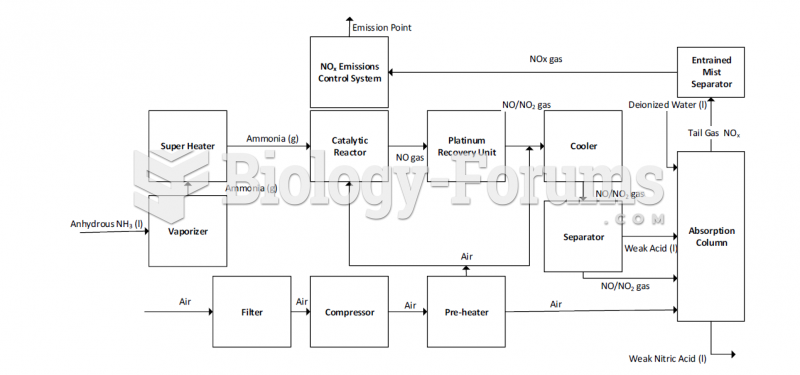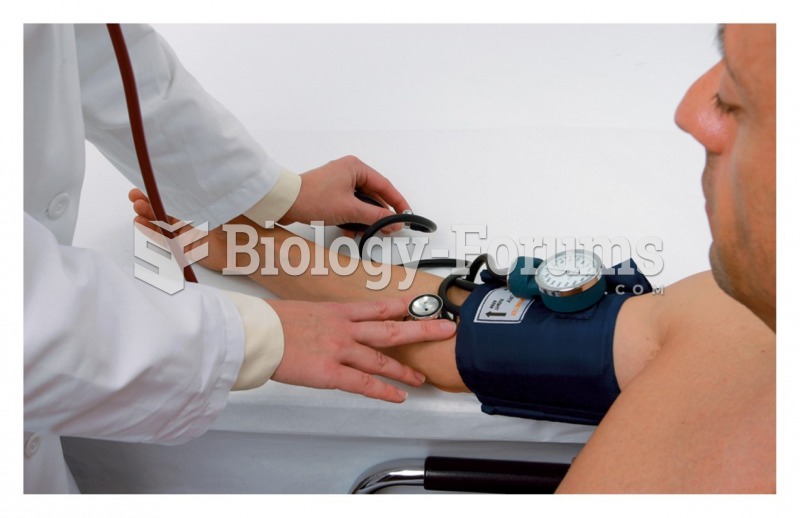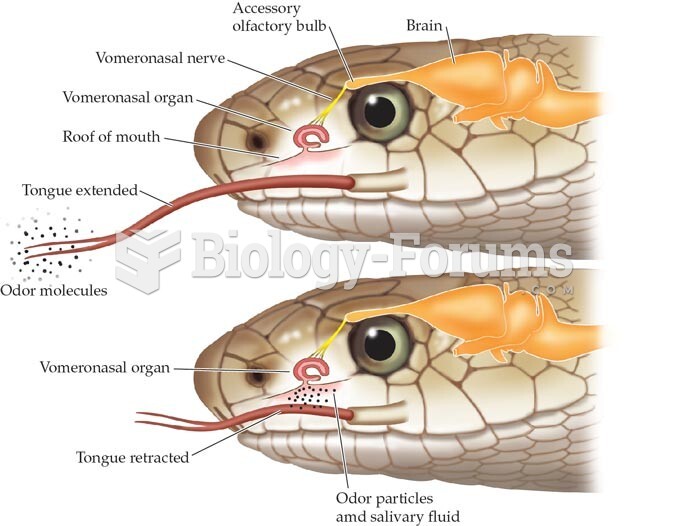|
|
|
Did you know?
Cyanide works by making the human body unable to use oxygen.
Did you know?
The strongest synthetic topical retinoid drug available, tazarotene, is used to treat sun-damaged skin, acne, and psoriasis.
Did you know?
People often find it difficult to accept the idea that bacteria can be beneficial and improve health. Lactic acid bacteria are good, and when eaten, these bacteria improve health and increase longevity. These bacteria included in foods such as yogurt.
Did you know?
The horizontal fraction bar was introduced by the Arabs.
Did you know?
Bacteria have been found alive in a lake buried one half mile under ice in Antarctica.







